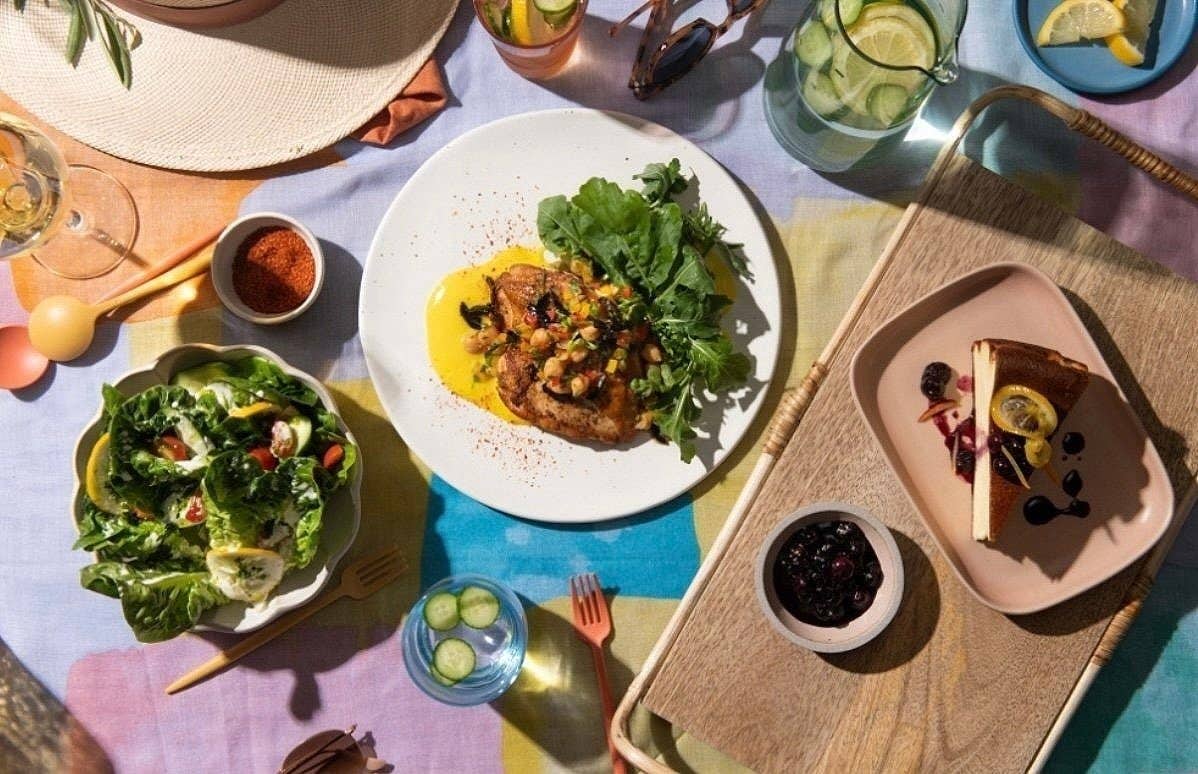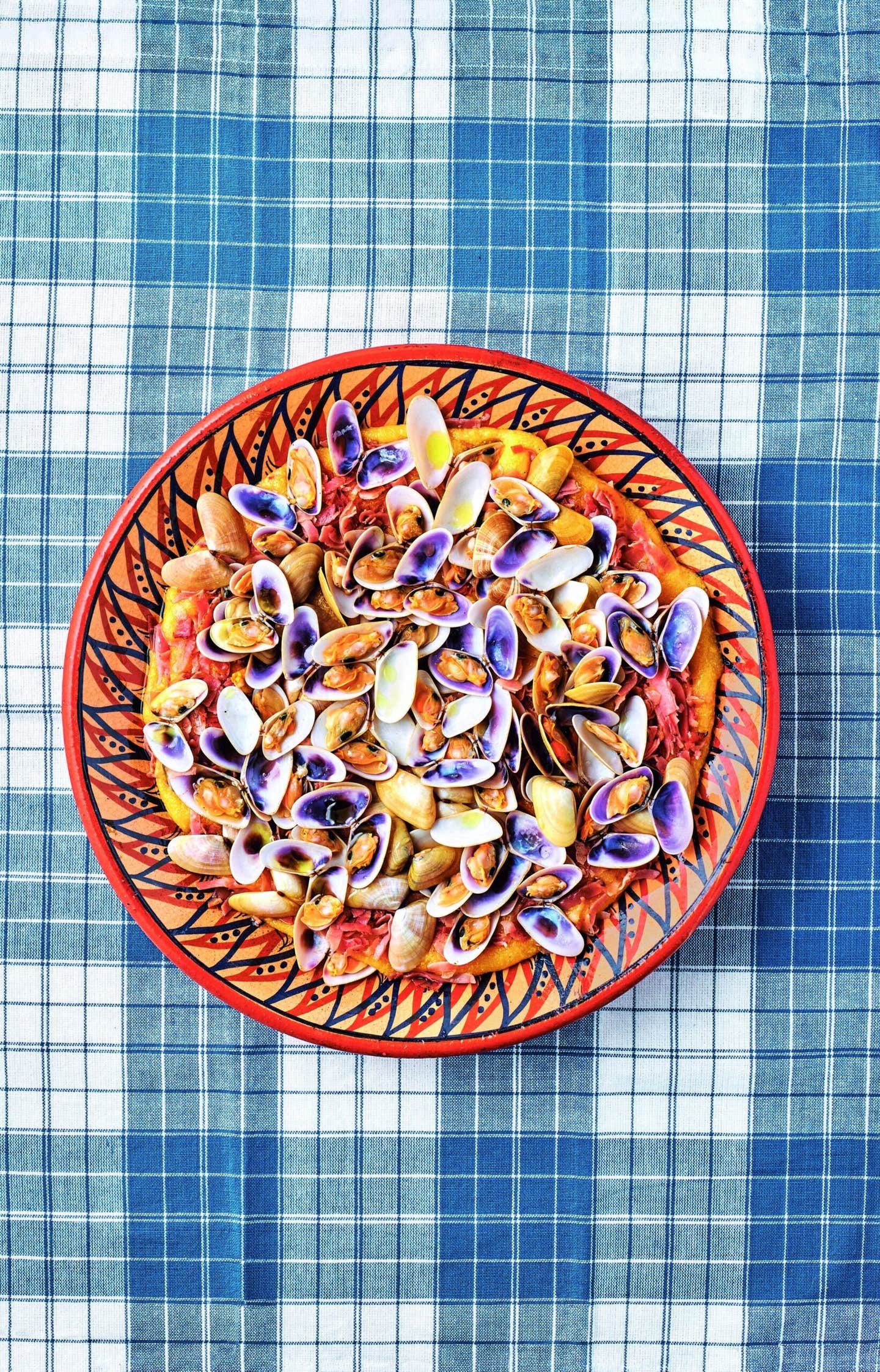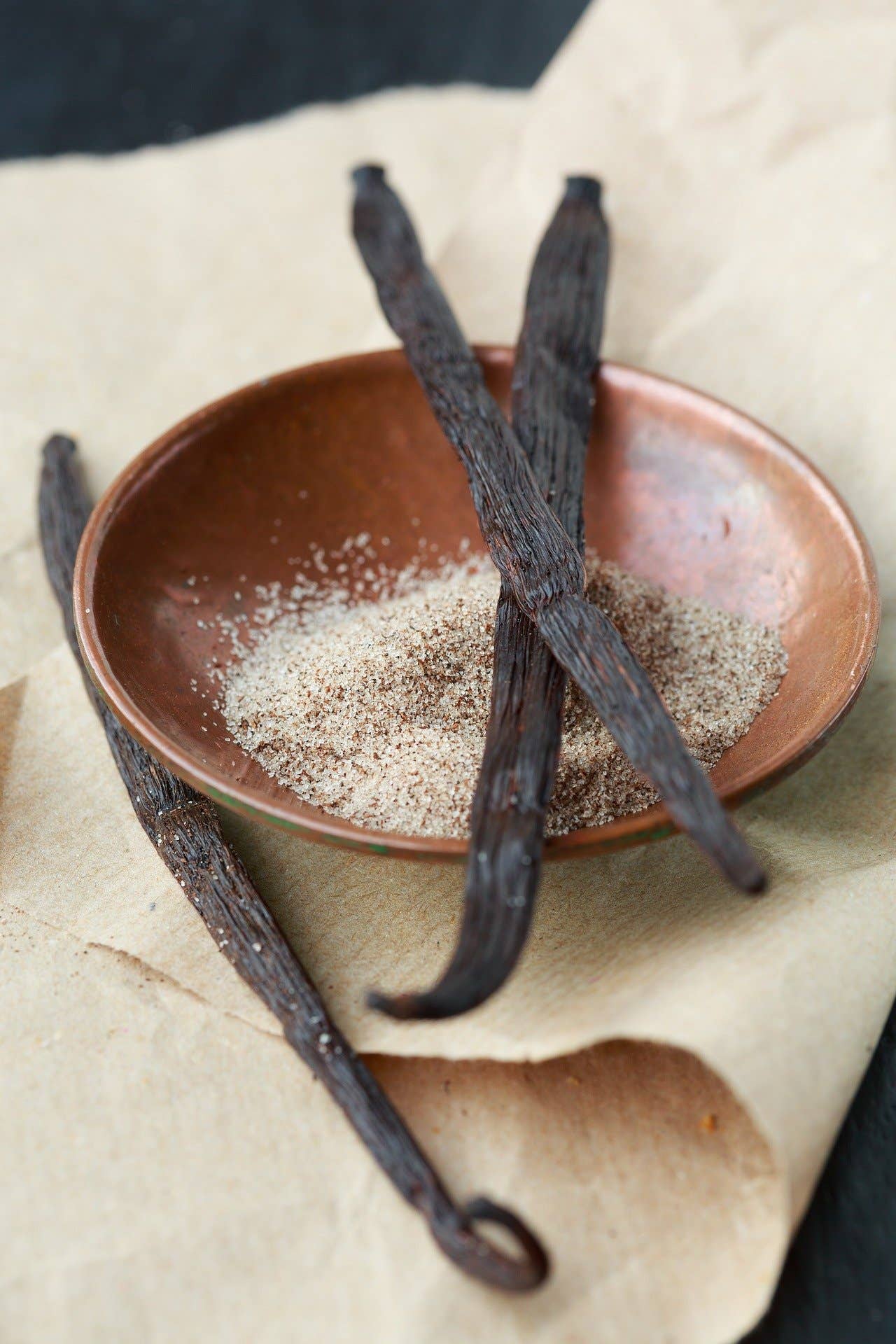Legalize Eat: The Changing Face of Edible Marijuana
So it finally happened. Like a game of dominoes, California, long known as one of the bluest states in the nation, has followed suit behind its left-coast neighbors – and a handful of other states – in legalizing recreational marijuana. And no matter how you feel about it, at this point in the evolution of this issue, resistance…
So it finally happened. Like a game of dominoes, California, long known as one of the bluest states in the nation, has followed suit behind its left-coast neighbors - and a handful of other states - in legalizing recreational marijuana. And no matter how you feel about it, at this point in the evolution of this issue, resistance is quickly becoming tantamount to opening an umbrella under the shadow of a tidal wave. Whether we like it or not, it’s happening. Frankly, states like Colorado and Washington have shown that, regardless of all the reefer-madness-like paranoia, nothing supremely awful is likely to happen. In fact, much of what has resulted has been extremely positive. Legalization, for any state, means a whole new sector of industry, which means new jobs, new business opportunities, and an influx of progressively-minded entrepreneurs and tourists alike. Not to mention all that useful, useful revenue. But positive progress notwithstanding, let’s get down to the tasty, THC-laden subject at hand: the many faces of edible marijuana.
The product is changing - no doubt about that. With wildly different strains of cannabis engineered to produce a variety of effects, the high has become all but customizable. In the wake of legalization, edible marijuana products are almost looking to become an industry all their own. At the very least, they are a far cry from that dry tin of haphazardly constructed pot brownies from those long-gone high school days. But at their best, edibles represent a massive swath of culinary concoctions that could make Julia Child herself tremble with intimidation. The standards - brownies and the like - still exist, but the bar has certainly been raised for innovators of new and delicious treats. Pizza sauce, jams, jellies, smoothies, and fortune cookies, just to name a few. If a recipe exists, chances are someone, somewhere is putting marijuana in it.
What’s more, edibles are bound to take on an entirely different life in Los Angeles. As anyone from LA will tell you, whatever “thing” happens to be trending at any given time – and, let’s face it, marijuana has been trending in this city since the infancy of its popularity – there is the thing and then there is the chic version of the thing. Don’t be fooled by played-out ideas of a dreadlocked, patchouli-scented marijuana culture. Old labels no longer apply. Many of these goodies are getting the high-end boutique treatment. Just look at Lord Jones (lordjones.com). This Los Angeles manufacturer of fine artisan candies and chocolates - and even body lotions - boasts a product line reminiscent of a scene from Willy Wonka & The Chocolate Factory and are produced to be as scrumptious as they are healing. And don’t forget about all of the considerations being made for those pesky dietary restrictions, but who would expect anything less from this city? One thing is for sure: in one of the single greatest multicultural concentrations on the planet, all of which have left their culinary mark, there are countless opportunities for edibles to expand into the food-iverse.
It is worth noting that, even with all of the interest in the product, and all of the possibilities surrounding it, the actual number of establishments that will be able to open their doors to the cannabis-loving public remains to be seen. The ins and outs of the law – referred to as the Adult Use of Marijuana Act – are too intricate for this article (for more, check out the California NORML website’s Guide to AUMA at canorml.org) but as many are aware, some of the stipulations on marijuana dispensaries are still based on laws enacted with the legalization of medical marijuana in California several years ago, which might bottleneck industry hopefuls at the door. Then, of course, there is the looming federal issue. Let’s not forget that regardless of states passing legalization – California being one of the freshest among them – federal law still says “NO” and many extant pot-based businesses are keenly aware of that fact. Take LA company Kushy Punch (kushypunch.com), producer of a delicious rainbow of THC and CBD gummies for consumers of both recreational and medical products. As is explicitly stated on their website, “we risk our lives and the livelihoods of our families in an industry that is still federally illegal.” Nevertheless, they see their venture as philanthropic, providing the masses with “nature’s cure – perfectly balanced and packaged for consumption.” In any case, with few exceptions thus far, the edible marijuana movement has been mostly relegated to retail. Where edibles have the most room for growth – and probably the most legal jargon to navigate – is in the hospitality industry. Some think that the confines of the law will keep those branches from growing, while others think that cannabis will make its way into everything from restaurants to bars to convenience stores. There are others, still, who don’t waste time speculating, and are taking matters into their own hands.
Enter The Herbal Chef, Christopher Sayegh (theherbalchef.com). In the spring of 2016, Sayegh hosted a private, multi-course pop-up dinner featuring cannabis-infused dishes and has plans to open a cannabis-based restaurant, Herb, in Santa Monica in the near future. His business model isn’t based on regular meal service and doesn’t depend on lunch or dinner rushes. Rather, the restaurant will operate on a limited-reservation basis. Guests will be offered a choice of three, five, or ten course meals, with or without wine, and will be required to make reservations through an online service well in advance. They will also be provided with what essentially amounts to a medical card, which is required to participate.
So, what about flavor?
On a list of the most important qualities of food, immediately after the basic need for sustenance, would be flavor. Flavor is likely the single most important principle driving the past decade’s meteoric rise of food, eating, and chefs into the public consciousness. Yet, for all of the publicity and attention that edible marijuana is receiving, there seems to be little talk of it. Rather, the real emphasis seems to be on the effects of the product. As Chef Sayegh puts it, “the taste of cannabis is not a pleasant one,” but that doesn’t mean this is just another high. Chefs like Sayegh offer up a perfect example of the level of sophistication that edible marijuana products are reaching for. He isn’t interested in catering to "the munchies". Instead, his menus at Herb will feature incredibly sophisticated dishes that utilize isolates of the cannabis plant called terpenes, which are basically the essential oils of the plant that provide a given strain’s distinct aroma and help define its particular effect. Rather than just getting blitzed and stuffing their faces, Chef Sayegh and his staff of well-trained, focused cooks – no slacker-stoners here – will use their terpene infusions and meticulously sourced ingredients to provide guests with a carefully crafted experience. “We don’t have servers,” says Sayegh, “we have guides.”
Chef Sayegh hopes to use Herb to forge a path for the future of cannabis in food service, building a foundation for businesses to come. It’s not easy being a pioneer and this isn’t bound to be any easier. But Sayegh’s resolve is solid and there is certainly no lack of support surrounding him.
As this is being written, the current administration is ramping up their language regarding drug enforcement and, although the cannabis movement is becoming ever stronger, it is still just fragile enough to be undermined by any serious federal efforts. However this will affect the future of this industry, we shall see. But no matter what happens, pressure and influence from the cannabis movement is building behind the floodgates. Within that, edible marijuana is poised to change the entire culinary landscape of Los Angeles and beyond.
Let’s hope it’s allowed to.





